Goth Chick News: Phantasmagoria: The Visions of Lewis Carroll by Marilyn Manson – WTF?
 When I first heard about this, I thought Marilyn Manson was taking on one of my favorite computer games.
When I first heard about this, I thought Marilyn Manson was taking on one of my favorite computer games.
In case you don’t remember, Phantasmagoria is the 1995 interactive movie horror adventure game created by Sierra for the PC.
Made at the height of the “interactive movie” boom in the computer game industry, Phantasmagoria is notable not only for being one of the first games to use a live actor as an on-screen avatar, but also for being banned by some retailers due to its fairly graphic depiction of violence.
What I didn’t know until now is that Phantasmagoria is also a famous collection of Lewis Carroll’s poems, as well as the name for live horror shows involving projection onto smoke screens that were invented in the 18th century France.
Oh, and it’s also the title of Marilyn Manson’s first foray into film.
Yes, you read that right. Marilyn Manson, the horror rocker cum performance artist is the writer, producer, and director of this $4.2M venture that has been trying to get legs since 2005.

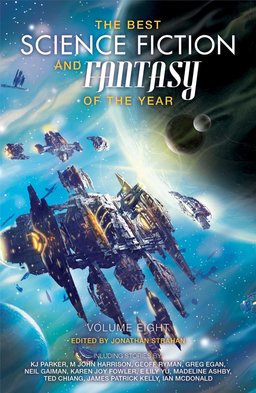
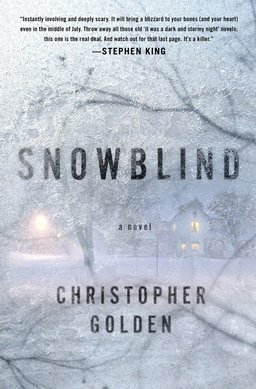
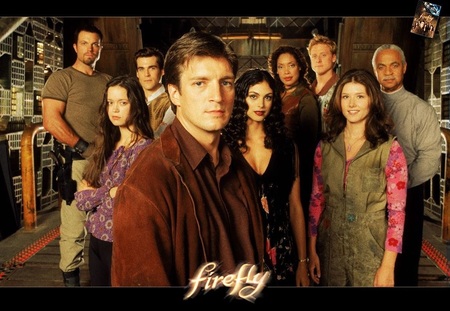
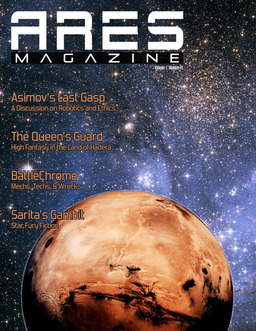
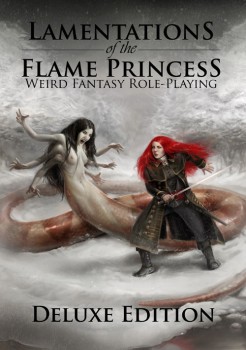
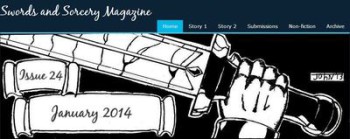
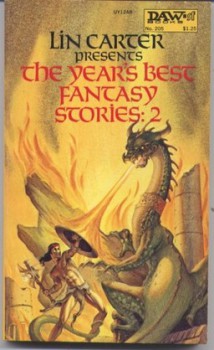
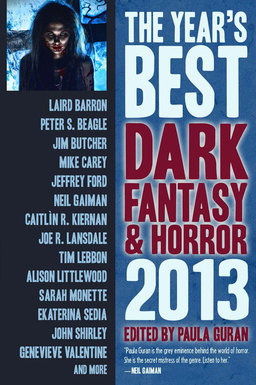
 A few months ago, the 2013 Hugo Award for Best Graphic Story was given to Saga, Volume 1, the first trade paperback collection of the ongoing Saga comic book. Written by Brian K. Vaughan, with art by Fiona Staples (and lettering and design by the Fonografiks studio), the book deserved the win. It’s the first chapter in a promising story and manages to establish a simple and powerful basic situation for the main characters, while also creating a complex world, backstory, and array of subplots. If it sometimes seems overbroad, too accessible and glib, it also has a deep and original sense of history to its setting, and a design sense that makes that setting live.
A few months ago, the 2013 Hugo Award for Best Graphic Story was given to Saga, Volume 1, the first trade paperback collection of the ongoing Saga comic book. Written by Brian K. Vaughan, with art by Fiona Staples (and lettering and design by the Fonografiks studio), the book deserved the win. It’s the first chapter in a promising story and manages to establish a simple and powerful basic situation for the main characters, while also creating a complex world, backstory, and array of subplots. If it sometimes seems overbroad, too accessible and glib, it also has a deep and original sense of history to its setting, and a design sense that makes that setting live.